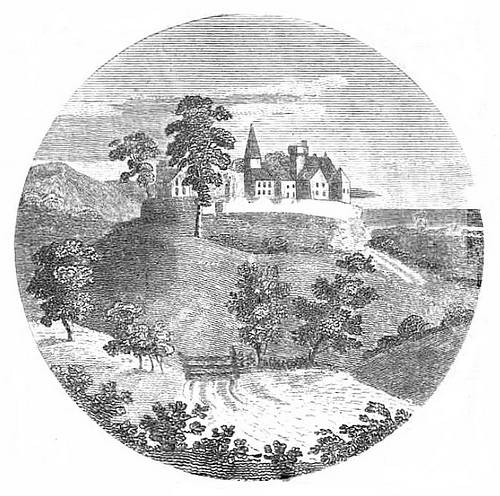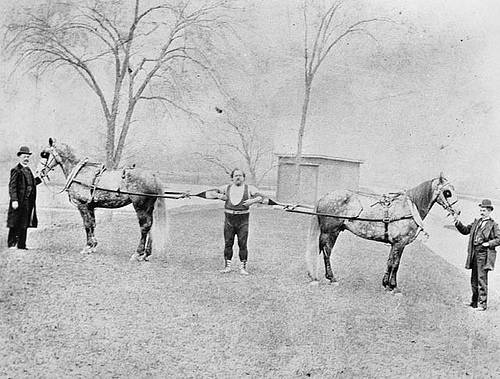Between 1980 and 1993, 42 visitors to Israel experienced a peculiar psychotic episode with seven consistent clinical stages:
- Anxiety, agitation, nervousness and tension, plus other unspecified reactions.
- Declaration of the desire to split away from the group or the family and to tour Jerusalem alone.
- A need to be clean and pure: obsession with taking baths and showers; compulsive fingernail and toenail cutting.
- Preparation, often with the aid of hotel bed-linen, of a long, ankle-length, togalike gown, which was always white.
- The need to scream, shout, or sing out loud psalms, verses from the Bible, religious hymns, or spirituals.
- A procession or march to one of Jerusalem’s holy places.
- Delivery of a “sermon” in a holy place. The sermon was usually very confused and based on an unrealistic plea to humankind to adopt a more wholesome, moral, simple way of life.
These people had no history of psychiatric illness and arrived as regular tourists, with no special mission in mind. They recovered fairly spontaneously on leaving the country and were reluctant afterward to discuss the episode. No explanation has been found.
(Bar-el Y, et al. (2000) Jerusalem syndrome. British Journal of Psychiatry, 176, 86-90.)




